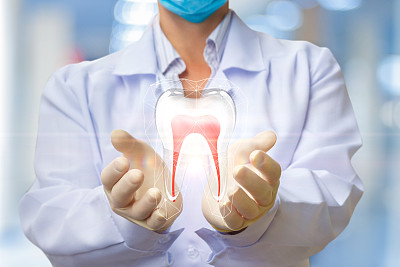The Importance of Proper Techniques When Extracting a Tooth for Dental Health and Recovery
Summary: This article delves into the critical importance of employing proper extraction techniques when performing tooth extractions. It highlights how these techniques contribute significantly to dental health and recovery. The discussion is organized into four primary aspects: the pre-extraction evaluation, the extraction procedure itself, post-extraction care, and the long-term impacts on dental health. Each section outlines necessary protocols that dental practitioners must adhere to ensure patient safety, minimize complications, and promote a smoother recovery. Ultimately, ensuring that the correct techniques are used not only secures a successful extraction but also aids in the patient’s overall oral health journey.
1. Importance of Pre-Extraction Evaluation

Before any tooth extraction, a thorough pre-extraction evaluation is paramount. This step typically includes examining the patient’s medical history, diagnostic imaging, and a comprehensive oral examination. Such diligence helps identify any underlying health conditions that may complicate the extraction process.
Proper assessments allow the dentist to ascertain the complexity of the extraction. For instance, the presence of decay, periodontal disease, or other dental issues can necessitate specialized techniques or referrals to oral surgeons. Understanding these factors ensures safer procedures and better patient outcomes.
Moreover, discussing the extraction process with the patient alleviates anxiety. Informing patients about what to expect, including recovery times and post-operative care, fosters trust. This transparency can promote adherence to care guidelines, ultimately leading to a smoother recovery.
2. Executing the Extraction Procedure Safely
Executing the tooth extraction requires precision and adherence to established protocols. The dentist must ensure that all appropriate anesthetics are administered adequately to minimize patient discomfort during the process. Proper anesthesia is vital in establishing an environment where the patient feels safe and pain-free.
The actual extraction technique is critical. Different teeth require different approaches—removing impacted wisdom teeth, for instance, often demands more invasive techniques compared to a straightforward extraction of a decayed tooth. Employing the right method is crucial in preventing complications, such as broken roots or damage to adjacent teeth.
Maintaining a sterile surgical environment further enhances safety during the procedure. Infection control steps, such as using sterilized instruments and maintaining patients oral cleanliness, significantly reduce the risks of post-extraction infections. This conscious effort during the procedure is essential to promote long-term dental health.
3. Emphasizing Post-Extraction Care
The role of proper post-extraction care cannot be overstated in ensuring a smooth recovery. Immediate aftercare instructions should be provided to patients, detailing steps to manage pain and swelling. Patients are often advised to apply ice packs and avoid vigorous activities in the initial hours post-surgery.
Following the extraction, dentists typically prescribe medications such as pain relievers or antibiotics, if necessary. Educating patients on the correct use of these medications is crucial to avoid common pitfalls, such as overdosing or overlooking scheduled doses. Proper guidance ensures effective pain management and combats potential infections.
Moreover, patients should be counseled on dietary restrictions post-extraction. Soft foods and adequate hydration are encouraged during the healing process. By following these guidelines, patients can prevent complications like dislodging blood clots, facilitating optimal healing.
4. Long-Term Impacts on Dental Health
The implications of proper tooth extraction techniques extend beyond immediate recovery. One significant aspect is how successful extractions preserve the integrity of the dental structure and prevent potential future complications. Proper technique helps maintain the alignment of adjacent teeth and prevents issues such as shifting or overcrowding.
Inadequate or improper extractions may lead to bone loss in the jaw, altering dental arches and leading to further problems. This highlights the importance of skilled practitioners who employ the right techniques and ensure proper recovery protocols.
Long-term follow-up after extraction is also important. Patients should have regular checkups to assess and address any arising issues promptly. This proactive approach contributes to maintaining dental health and maximizing the benefits of proper extraction procedures.
Summary:
The importance of correct tooth extraction techniques is multifaceted, encompassing pre-extraction evaluations, surgical execution, post-extraction care, and long-term health impacts. Each aspect plays a crucial role in ensuring patient safety and enhancing dental recovery. Fostering good dental health requires not only expert skills but also attentive care and communication between practitioners and patients.
This article is compiled by Vickong Dental and the content is for reference only.



